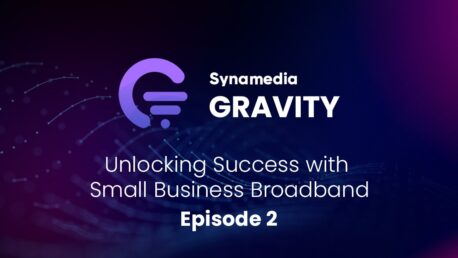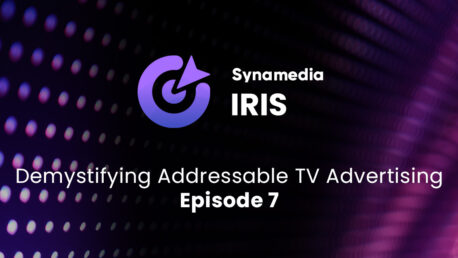- March 14, 2024
- 15:00:00 GMT
Demystifying Addressable TV Advertising – Episode 5: Getting Addressable Advertising Right in Latin America
Join us for the latest in our “Demystifying Addressable Advertising” series as we discuss ‘Getting Addressable Advertising Right in Latin America‘. We will be taking a closer look at this region to understand the unique challenges and opportunities for addressable advertising. This webinar will be conducted in Spanish and will focus on topics relevant to Latin America.
During this webinar, we will get an inside perspective on the current trends and facing the addressable TV advertising landscape from key video providers and demand partners in the region.
Featured topics include:
- A comprehensive assessment of the Latin American market for addressable advertising.
- An analysis of the technological aspects that have a direct impact on the current Latin American advertising landscape.
- An exploration of the emerging opportunities and growth potential in addressable advertising.
Register today and join us as we explore addressable advertising in Latin America. We hope to see you there!
Webinar presented in Spanish.
Speakers:

Alessandro Maluf, Video Product Director, Claro Brazil

Eduardo Peniche, Ad Sales & Marketing Director, MVS Media

Jean Mathieu Grappe, CEO,
Decidata

Danilo Almeida, Iris Solution Expert, Synamedia

Unlocking Success with Small Business Broadband – Episode 2: The Operator Perspective
Find out more
SaaS: Beyond the Basics – Episode 1: Deliver Exceptional Fan Experiences with Synamedia Quortex
Struggling with live sports content delivery? Join our exclusive webinar and discover how Synamedia Quortex can help you handle peak demand, ensure security, and bring new content to market faster. Don’t miss out—register today to gain a competitive edge in sports content distribution!
Find out more











